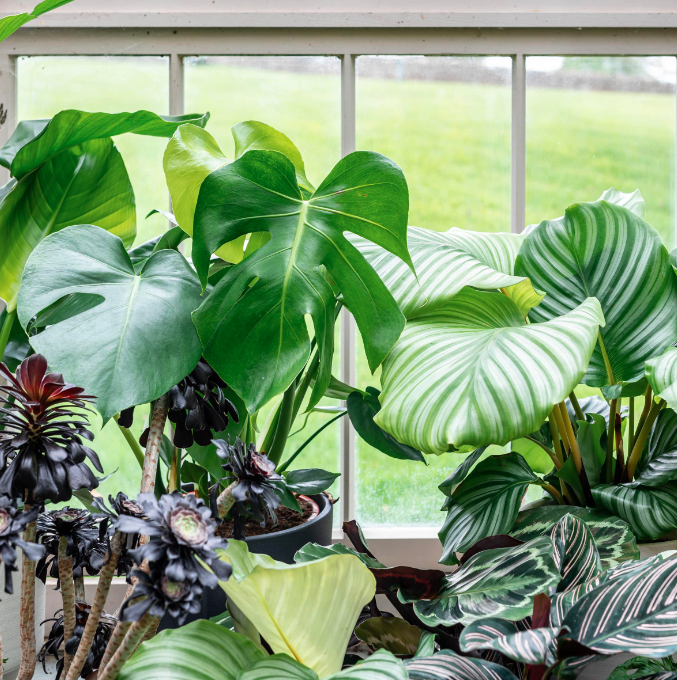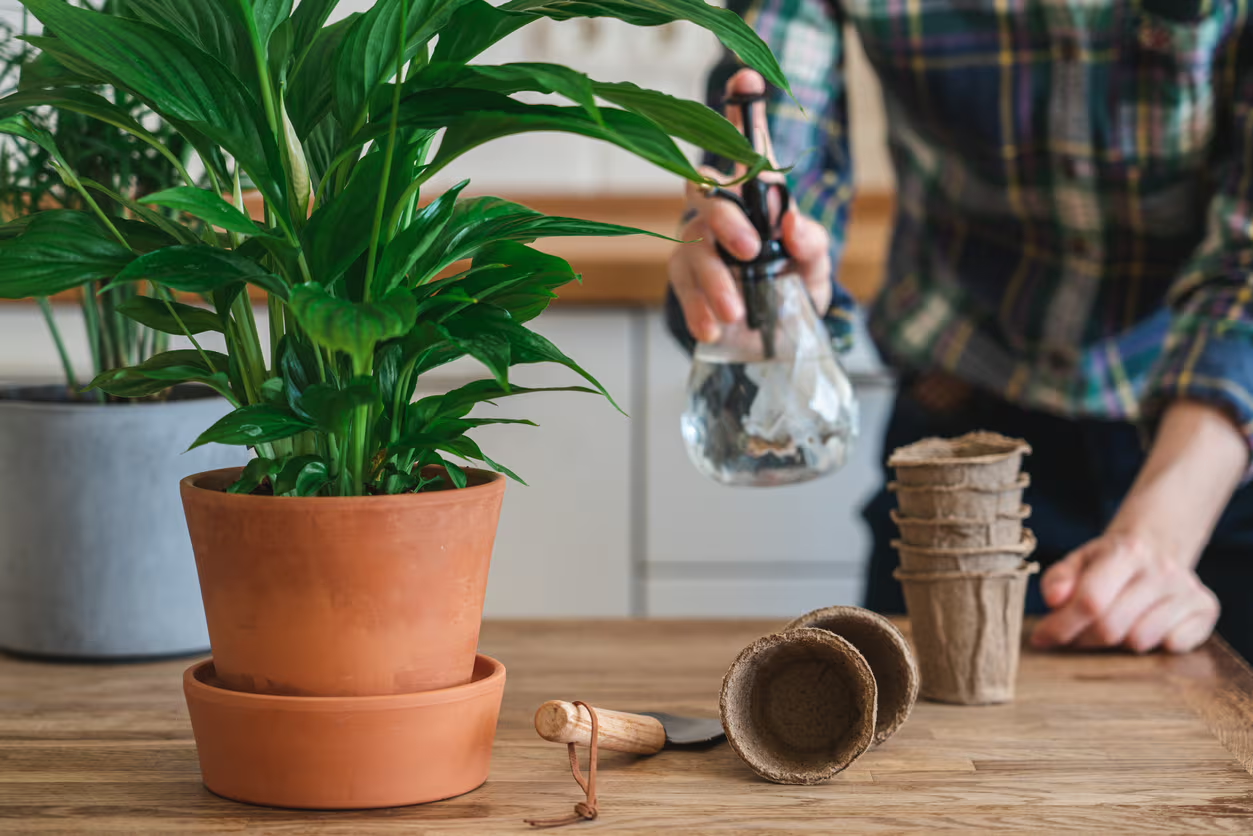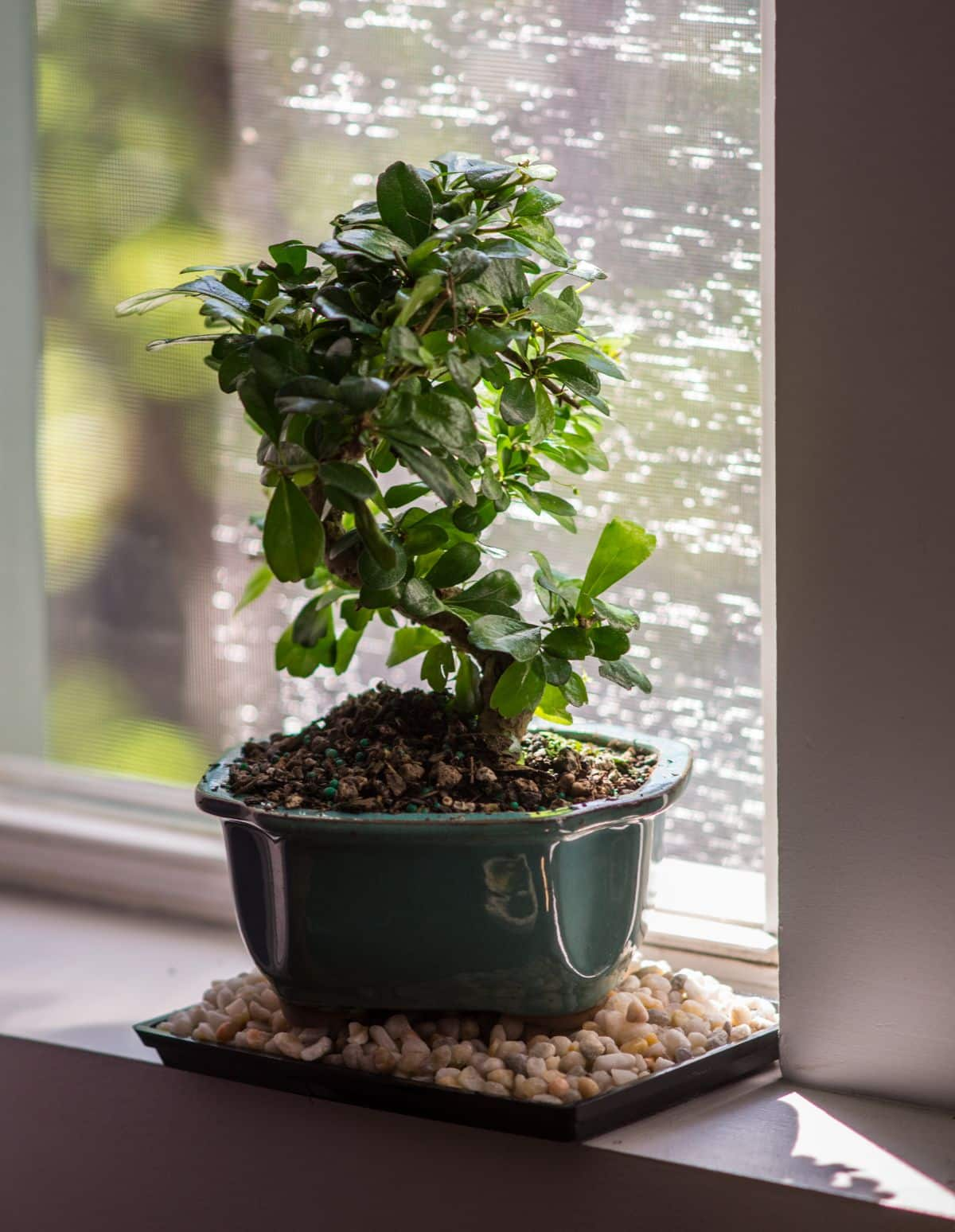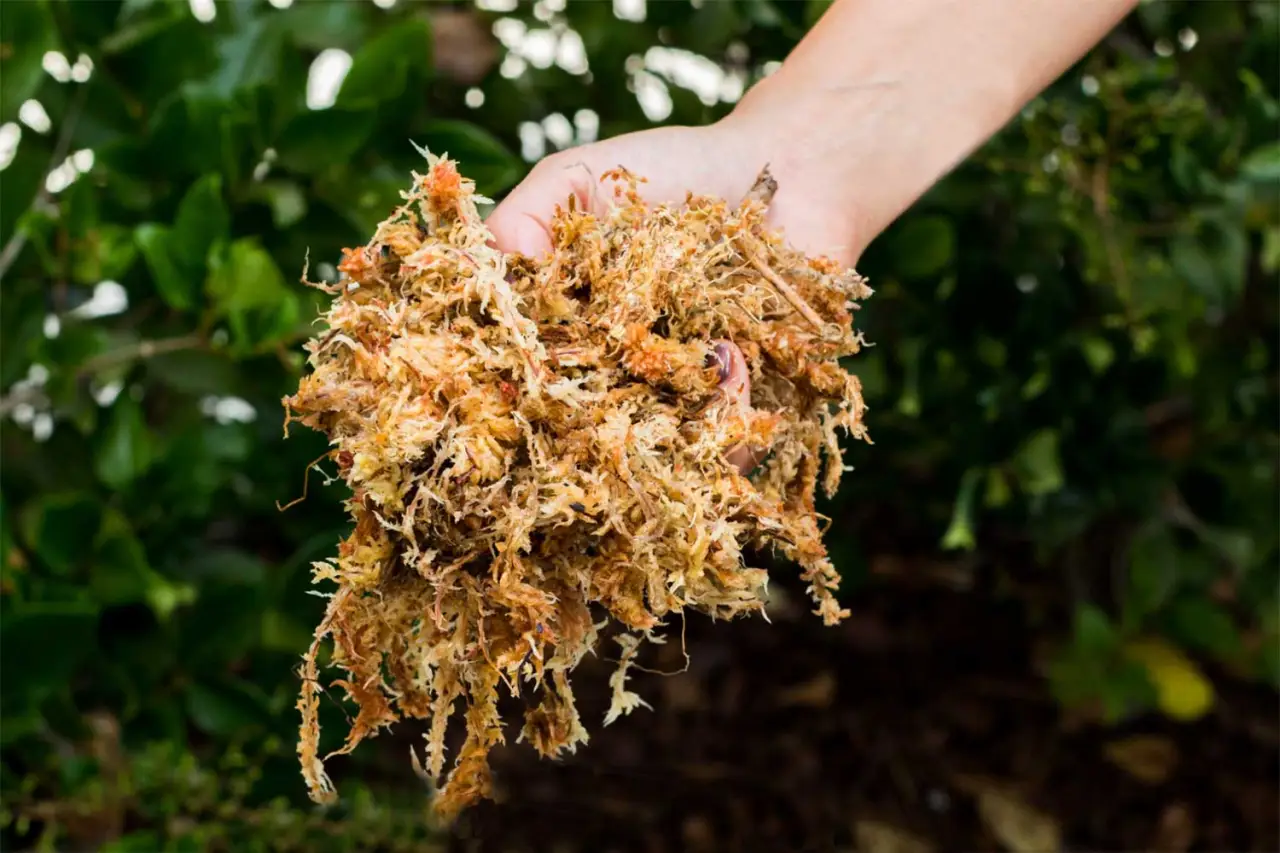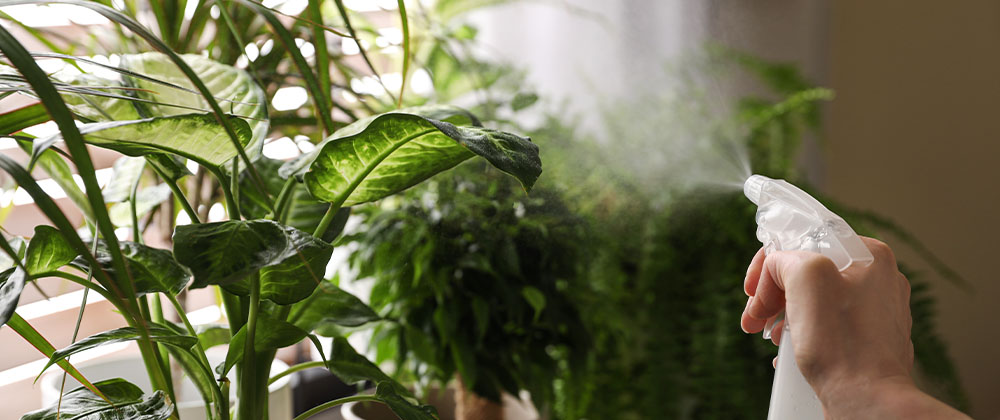1. Do Not Expose Plants To Excess Heat or Cold
Do not place houseplants near heaters and other heat sources. Not only will any leaves that come in contact with a heater turn black, but relative humidity will be the lowest as well. If you have under floor heating then large plants should be placed on a small table or plant stand raised from the ground. Do not place plants in doors or hallways as drafts reduce humidity. Make sure you know all about the watering tips for better humidity. You should always search about how much you should water your houseplant.



